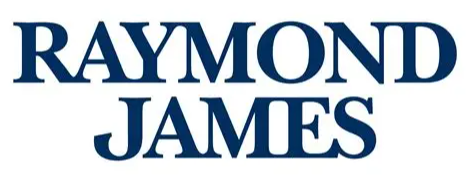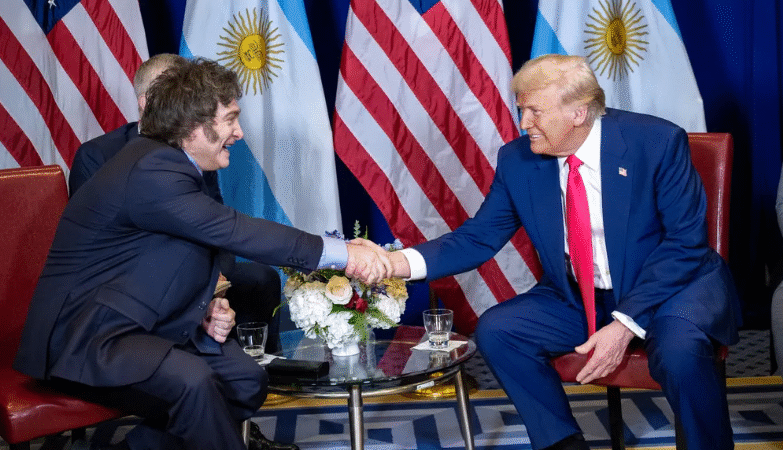Argentina entered 2025 with inflation above 200%, depleted reserves, and bond markets largely shut after years of crisis; Milei’s December-2023 “shock” program aimed to slash the deficit and deregulate, but poverty nonetheless jumped toward ~53% during the adjustment. In October 2025, Washington moved beyond IMF-centric playbooks and executed a rare, direct intervention: the U.S. Treasury finalized a $20 billion swap line with Argentina’s central bank and purchased pesos to steady the currency. The swap increases Argentina’s access to dollars against pesos, supporting reserves and market stabilization while reforms proceed. Public reporting links the aid to continued fiscal discipline, though the government has not published a detailed, binding term sheet of conditions. The steps briefly lifted Argentine assets and bought time for the reform path.
Mechanics and Rationale
A swap line lets Argentina post pesos and receive dollars temporarily, bolstering FX firepower during stress; the U.S. peso purchase is even more unusual, signaling a stronger-than-typical backstop. Argentine officials say the deal expands the central bank’s tools to counter volatility; market commentary frames the intervention as precedent-setting U.S. involvement in a non-reserve currency. The objective is to cushion the transition as Milei pushes fiscal consolidation and deregulation that, in theory, should lower inflation and rebuild credibility over time. Still, with scant liquid reserves and fragile expectations, authorities need FX buffers to prevent a destabilizing run that could derail adjustment.
The Second ~$20 B Idea
Treasury has floated a separate, private-sector facility of about $20 billion—via banks and sovereign wealth funds—to lift total support toward ~$40 billion. Negotiations focus on risk-mitigation (collateral or guarantees), reflecting Argentina’s default history; outlets report significant interest but no fully executed package yet. If arranged, it would complement the swap by adding term funding and potentially catalyzing capital for tradable-earnings sectors (energy, mining) while reinforcing FX stability. Until documents are finalized, its status should be treated as in development, not done.
What Put Argentina Here
The immediate stress reflects years of fiscal deficits monetized by the central bank, capital controls, and serial debt restructurings that eroded market access; Milei’s program targets those roots with rapid consolidation and deregulation. Early data and reporting confirm the painful social trade-off—poverty near 53%—even as monthly inflation showed intermittent cooling bursts during 2024–2025. The U.S. measures are designed as a bridge: stabilize the currency long enough for fiscal repair and supply-side reforms to gain traction. Whether this turns into durable recovery hinges on sticking to fiscal targets, rebuilding reserves organically, and normalizing local capital markets before support fades. Risks remain elevated: execution slippage, political pushback, and the ever-present threat of peso devaluation.
This week’s edition is made possible by our trusted sponsor.
Raymond James has served Tampa Bay for over 60 years, helping Florida business owners protect and grow their hard-earned wealth through exit planning, tax-smart investing, and loyal-team retirement strategies.
👉 Connect with a local Raymond James advisor and see how your business legacy can outlast the next election cycle.
https://www.raymondjames.com/

